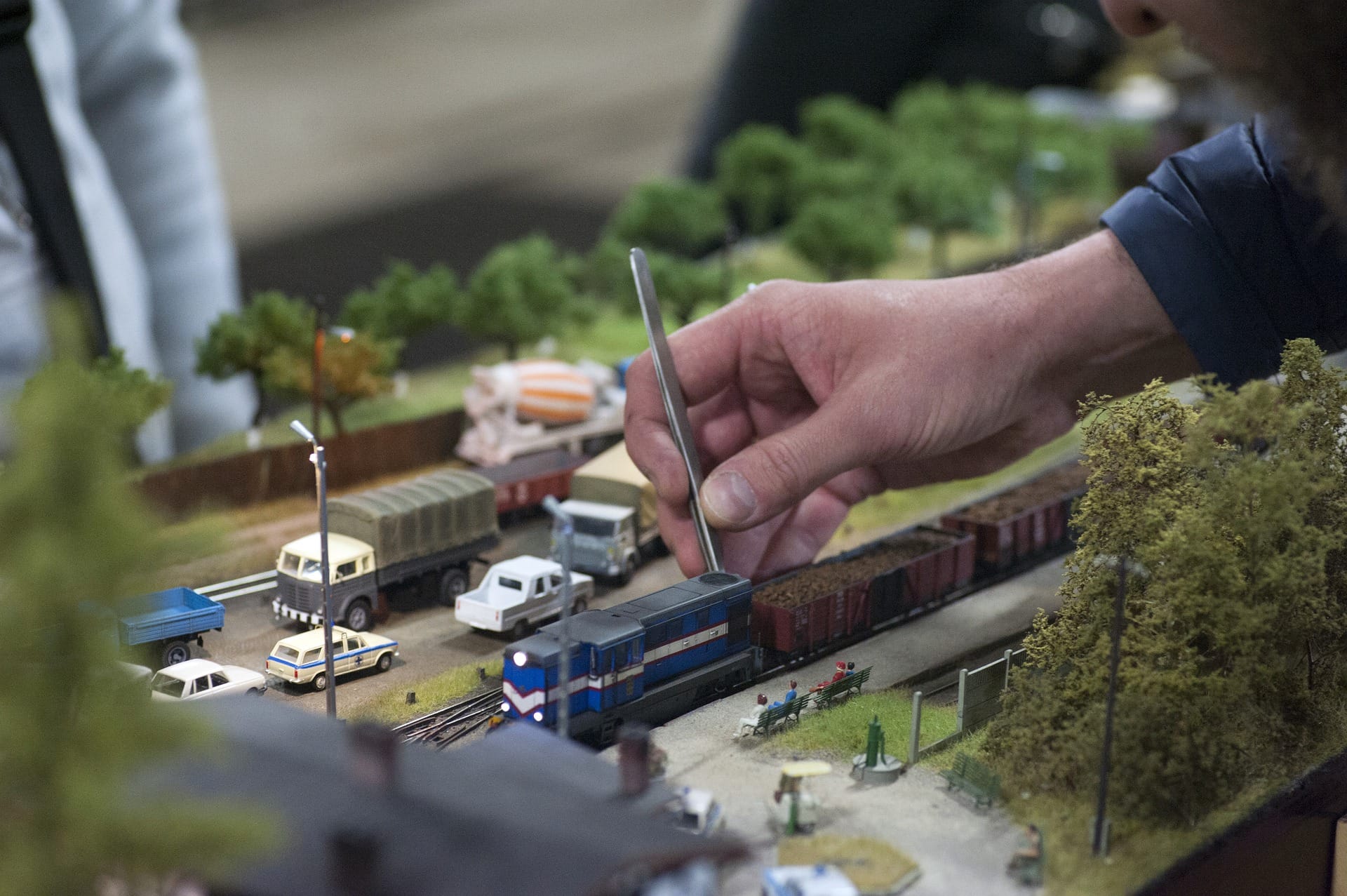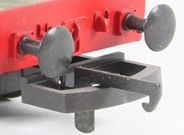How to Uncouple Hornby Trains
In this article we take a look at how to uncouple Hornby trains safely in order to prevent damage to your model trains and track.

One of the most enjoyable aspects of beginner model train operations is coupling and uncoupling different pieces of rolling stock to create interesting consists.
Forming train sets with a wide variety of carriages and wagons behind the locomotive is something that many beginners enjoy experimenting with.
If you're just beginning with model trains you'll likely be keen to get started with coupling and uncoupling the locomotives, carriages and wagons that came with your first train set.
In this guide we take a look at how to uncouple Hornby trains safely to help you prevent damage to your train set and track.
The importance of uncoupling Hornby trains safely
It's important to uncouple your Hornby trains safely in order to prevent damage to your trains and model railway layout.
The following are some of the most important reasons as to why correct coupling and uncoupling is so important. Safe uncoupling helps to:
- Prevent damage to the locomotive and rolling stock components
- Reduce the chance of derailments and reliability issues
- Ensure the couplers do not wear out prematurely
- Keep train cars securely together when going around curves, over switches or through point work
If you've spent decent money on your first Hornby train set or have just received one as a gift, the last thing you want to do is cause unnecessary damage to your trains by uncoupling them incorrectly.
Let's take a look at how you should uncouple Hornby trains the correct way in order to prevent damaging them.
How to uncouple Hornby trains correctly
There are different types of couplers that are fitted to model trains. These vary depending on the region of manufacture, scale or gauge of the model, the era that is being modelled and the aesthetic that the manufacturer is wishing to create.

All modern Hornby trains are OO gauge (1:76:2 scale) and use the tension lock coupling system.
Before uncoupling you need to ensure that the train is fully stopped and that all the vehicles are secure.
It's always best to uncouple on a straight section of track rather than a curve, if possible. This will make it a lot easier for you to uncouple efficiently.
To uncouple a Hornby train set you need to lift the two hooks up so that both clips clear the retaining bar on the opposing coupling. You should then be able to carefully part the two vehicles.
Always take your time and uncouple correctly to ensure you don't damage the couplings or other components of the models.
Summary of Hornby uncoupling
In this guide we've discussed how to uncouple Hornby trains safely to ensure no damage occurs to your train set.
Hornby trains use the tension lock type of couplers. As we've explained above, the procedure for uncoupling involves lifting the retaining bars up and carefully separating the vehicles.
It's very important to do this procedure correctly to maintain the reliability of your trains and ensure that they last for a long time.
Now that you've learned how to uncouple Hornby trains, it would be a good time to familiarise yourself with the difference between DC and DCC trains. Our guide is ideally suited to beginners and explains the different types of Hornby trains and couplers available in more detail.

